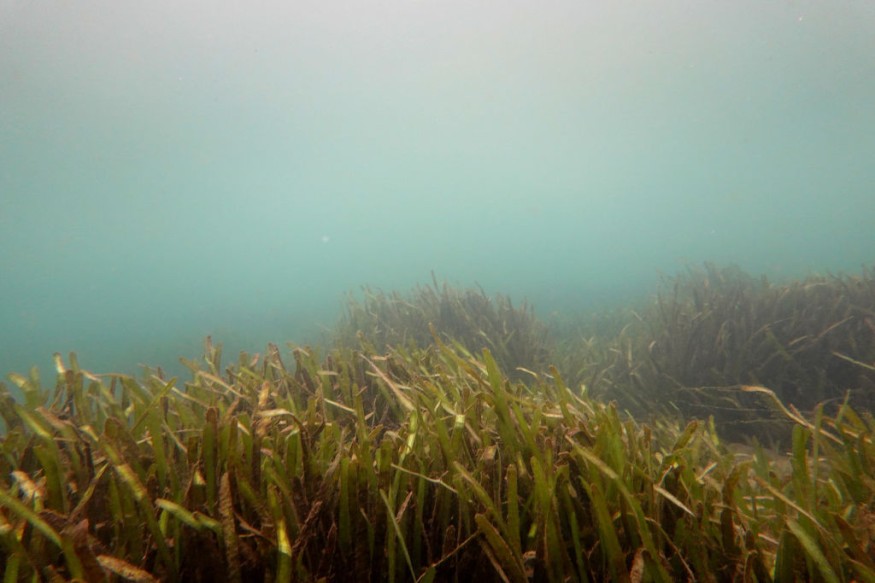A single seed was believed to be burrowed somewhere in the now Shark Bay, Western Australia, a World Heritage Area dominated by temperate seagrass meadows, about 4,500 years ago. Long forgotten and left undisturbed since, scientists made a discovery about the old seagrass.
Through genetic testing, scientists have determined that the 4,500-year-old seed grew over 200 sq km of underwater seafloor - about 20,000 football fields or just over three times the size of Manhattan Island - making it the biggest plant anywhere on Earth, The Guardian reported.
The plant was identified as the fibre-ball weed or ribbon weed, in the species of Posidonia australis, commonly found along the southern coastlines of Australia.
One Single Plant

If you look at it, the plant looks so wide you may think it is rooted from multiple specimens. However, samples taken from sites that were 180km apart suggested otherwise and it was in fact, just one single plant.
"We thought 'what the hell is going on here?'" said Dr Martin Breed, an ecologist at Flinders University. "We were completely stumped."
Authors of the research published in Proceedings of the Royal Society states it was the largest known example of a clone in any environment on earth, "spread using rhizomes in the same way that a lawn can spread from its edges by sending out runners," according to Student researcher Jane Edgeloe, of the University of Western Australia (UWA).
"The existing 200 sq km of ribbon weed meadows appear to have expanded from a single, colonising seedling," she said. The one plant now "spreads out like a meadow", and provided habitat for a huge array of marine species.
Stretches As Far As The Eye Can See
According to co-author of the research at UWA, Dr Elizabeth Sinclair, the plant has formed huge, dense meadows stretching as far as the eye can see in all directions, with only 10cm long in some places, but up to a meter in others.
Using the growing rate of ribbon weed rhizomes (which grow up to 35cm a year), the plant, which still had not been given a nickname, will have needed at least 4,500 years to spread as far as it has. Fortunately, the plant has survived the challenging conditions in Shark Bay where salinity is doubled in some areas, and has thrived in water temperatures as cold as 15C and as hot as 30C.
Sinclair says the seagrass has "held on to all the chromosomes from its two parents, giving it inbuilt genetic diversity."
Although the unusual specimen has not yet been fully understood, Sinclair and colleagues said that the plant appears to be "largely sterile" and has relied on its own ability to grow. The facts that the plant "doesn't have sex" but had survived for so long was also puzzle yet to solve.
"Plants that don't have sex tend to also have reduced genetic diversity, which they normally need when dealing with environmental change," Breed said, noting "some very subtle mutations" were detected which could possibly explain the longevity and long-life span.
Associate professor Kathryn McMahon, of Edith Cowan University adds that its versatile growth pattern may have also contributed as they "grow towards nutrient-rich patches to access the nutrient they need..."
© 2025 NatureWorldNews.com All rights reserved. Do not reproduce without permission.





